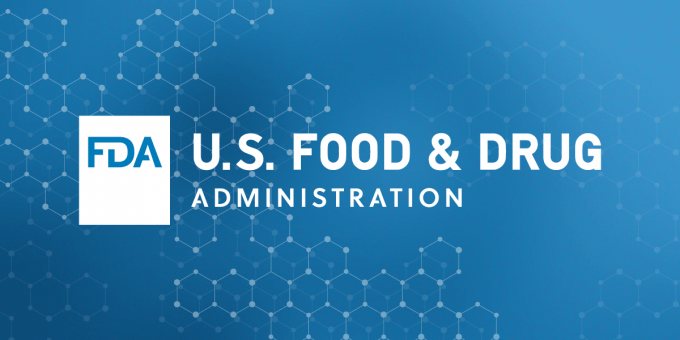
A cornerstone of the U.S. Food and Drug Administration’s public health mission is to reduce the burden of chronic disease through improved nutrition.
The United States is facing a growing epidemic of preventable, diet-related conditions like cardiovascular disease, diabetes and obesity, and the agency’s work in this area has become even more urgent. For these reasons, the FDA is taking a critical step to further address preventable diet-related chronic diseases and advance health equity that will become one of the most significant public health nutrition interventions in a generation.
Today, the FDA is issuing a final guidance, “Voluntary Sodium Reduction Goals: Target Mean and Upper Bound Concentrations for Sodium in Commercially Processed, Packaged, and Prepared Foods,” which provides voluntary short-term sodium reduction targets for food manufacturers, chain restaurants and food service operators for 163 categories of processed, packaged and prepared foods. The guidance is another step the agency is taking to advance the Administration’s whole-of-government approach to nutrition and health and improve future health outcomes.
By limiting certain nutrients like sodium in our diets, we can help prevent diseases like hypertension and cardiovascular disease that disproportionately impact racial and ethnic minority groups, often resulting in hundreds of thousands of lives lost and billions in annual health care costs. The ongoing COVID-19 pandemic has only amplified these health disparities and the need for improved nutrition, as people with cardiovascular disease and other underlying conditions are at increased risk for severe outcomes from COVID-19.
Research shows that people consume 50% more sodium than recommended. This includes our youngest and most vulnerable populations, with more than 95% of children aged 2 to 13 years old exceeding recommended limits of sodium for their age groups. Although many consumers may want to reduce their sodium intake, about 70% of the sodium we eat comes from packaged, processed and restaurant foods, making it challenging to limit sodium. Changes across the overall food supply will make it easier to access lower-sodium options and reduce intake even in the absence of behavior change.
The targets in the final guidance seek to decrease average sodium intake from approximately 3,400 milligrams (mg) to 3,000 mg per day, about a 12% reduction, over the next 2.5 years. Although the average intake would still be above the Dietary Guidelines for Americans’ recommended limit of 2,300 mg per day for those 14 and older, we know that even these modest reductions made slowly over the next few years will substantially decrease diet-related diseases.
The FDA is committed to playing its part with the tools available to us to help create a healthier food supply, promote healthy habits early and empower consumers to make healthier food choices. They have already taken steps through the Closer to Zero action plan for reducing exposure to toxic elements in foods commonly eaten by babies and young children to the lowest possible levels and have more work ahead using a similar iterative process. The goal is to make a profound impact on the health of millions of people.



